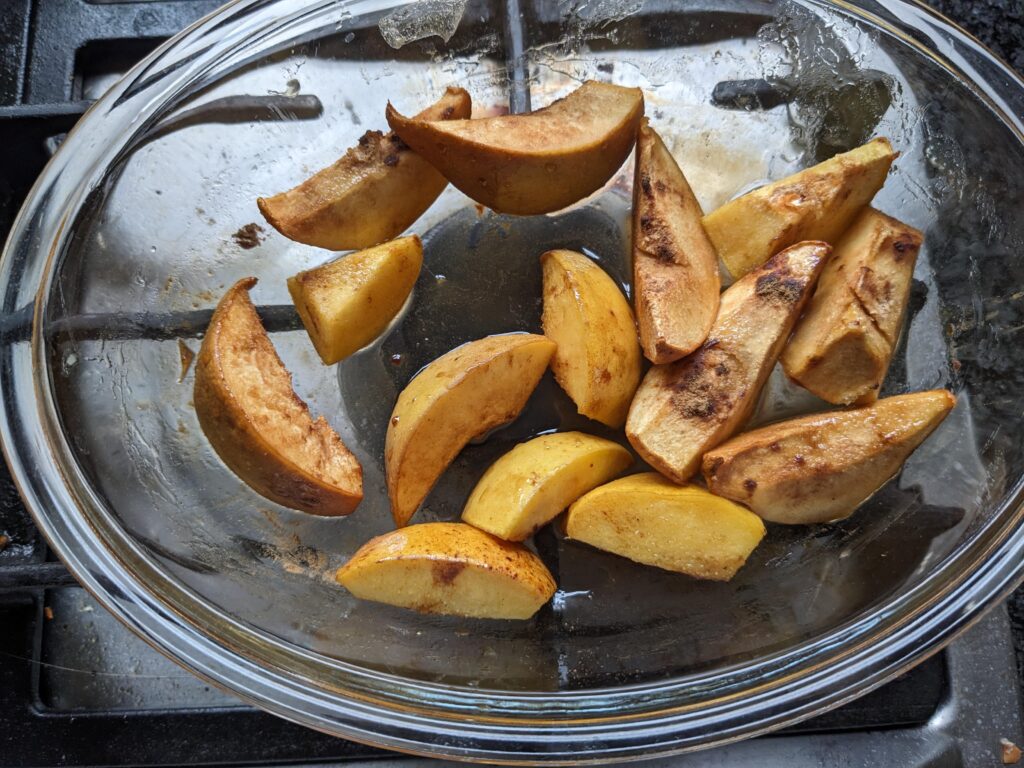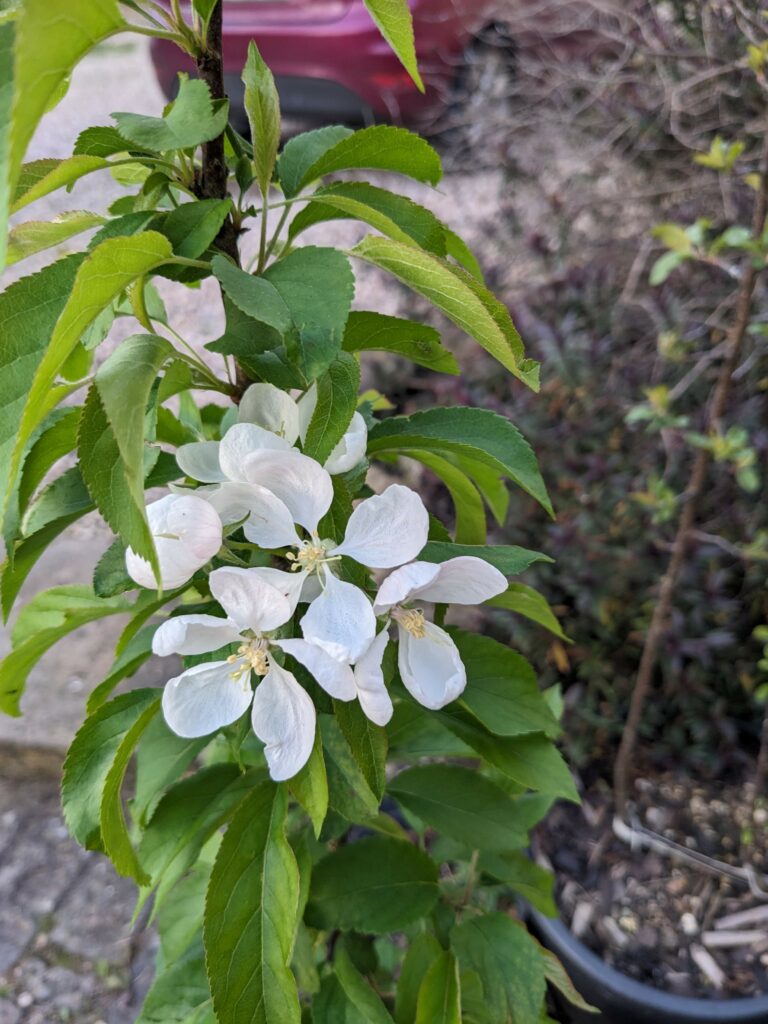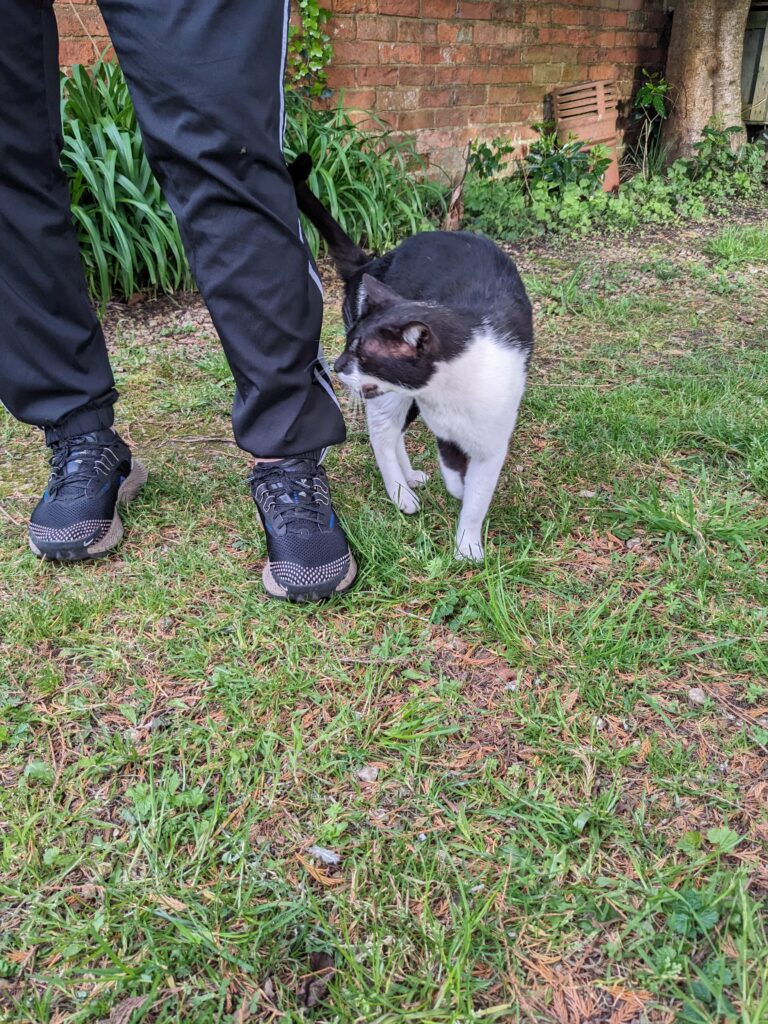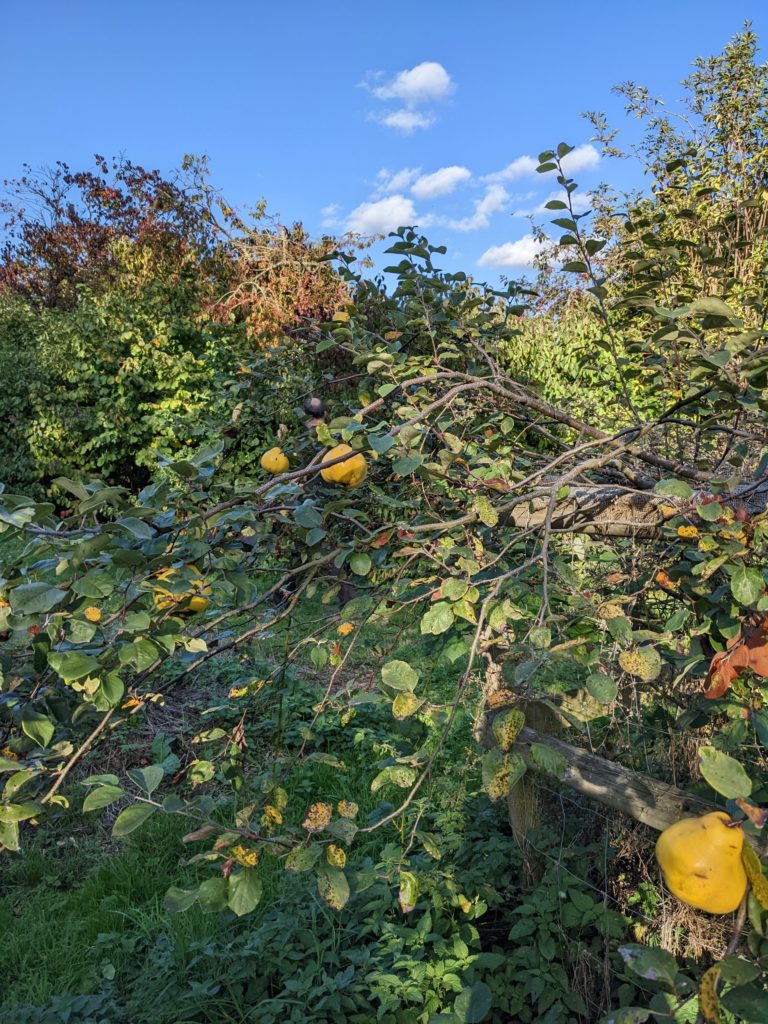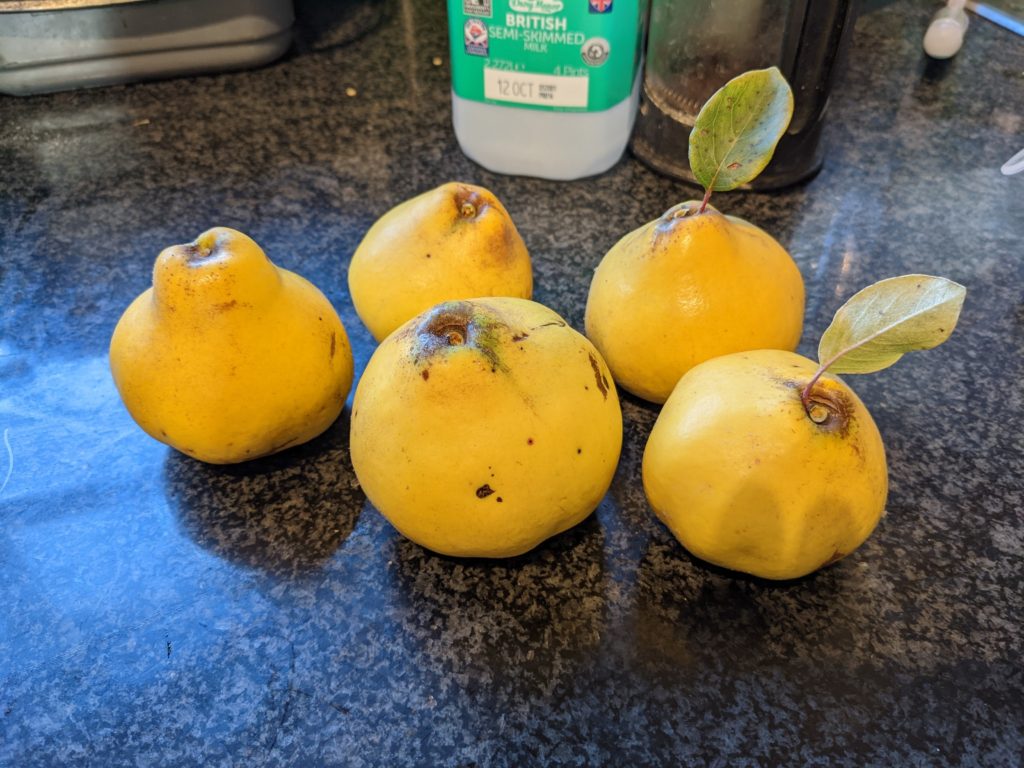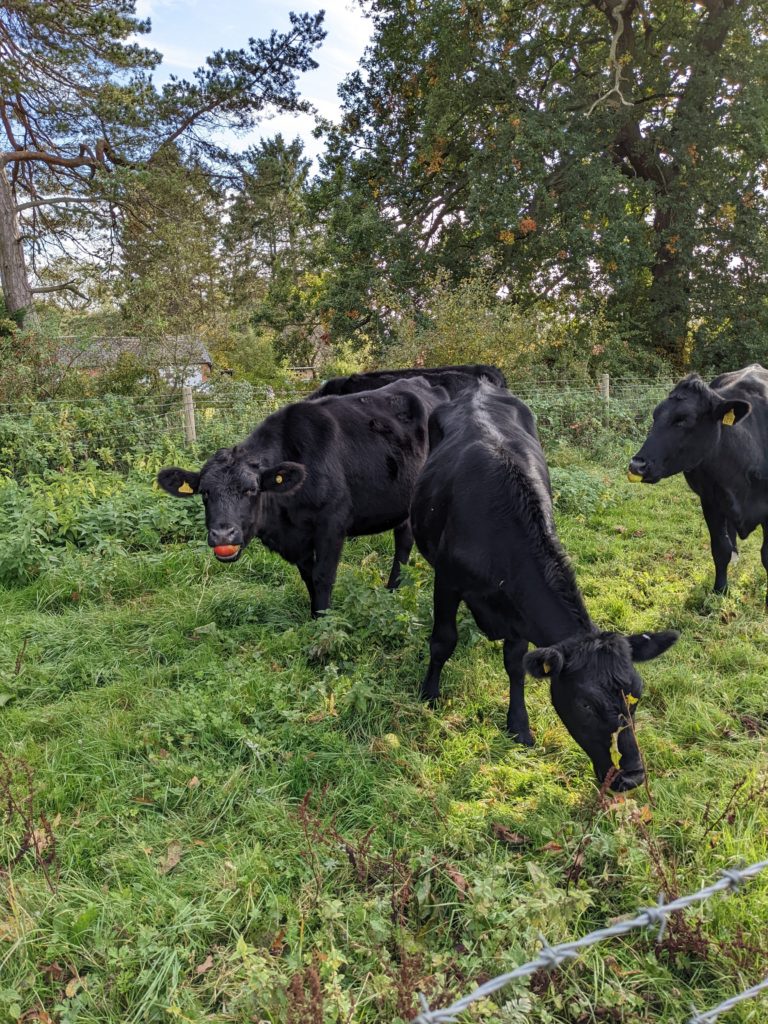Last year the quince tree was sad and gave us no quinces, despite having produced a small crop the previous year (about 4). But this year, it grew lots of lovely quinces! I have been distracted this autumn and didn’t manage to harvest most of them, but I did gather a nice basket of them and have been pondering how to cook them. I learned from a friend that there are Greek recipes for meat with quince, which I would like to try, but someone else I met last week said “just cut them into segments and bake them with cinnamon” so I tried that, and om nom nom!
I cut off the manky bits but didn’t peel them, as advised, cut them into eighths lengthwise and cut out the core. Not peeling them is a big process improvement! A raw quince is very hard and peeling is a lot of work.
I shoved the fruit in a dish, sprinkled it with cinnamon and distributed a teaspoon or two of honey around. Into the oven at 180 C for about 25 minutes, stirred round halfway through to coat the pieces in the honey.
Have I adjusted to the taste of quince? I dunno, but when I poached quince in syrup in previous years, it was ok, a bit odd… but I find the baked quince yummy and am really pleased. The cooked peel is perfectly eatable. Another time, I may serve unsweetened quince as a side dish with a meat.

